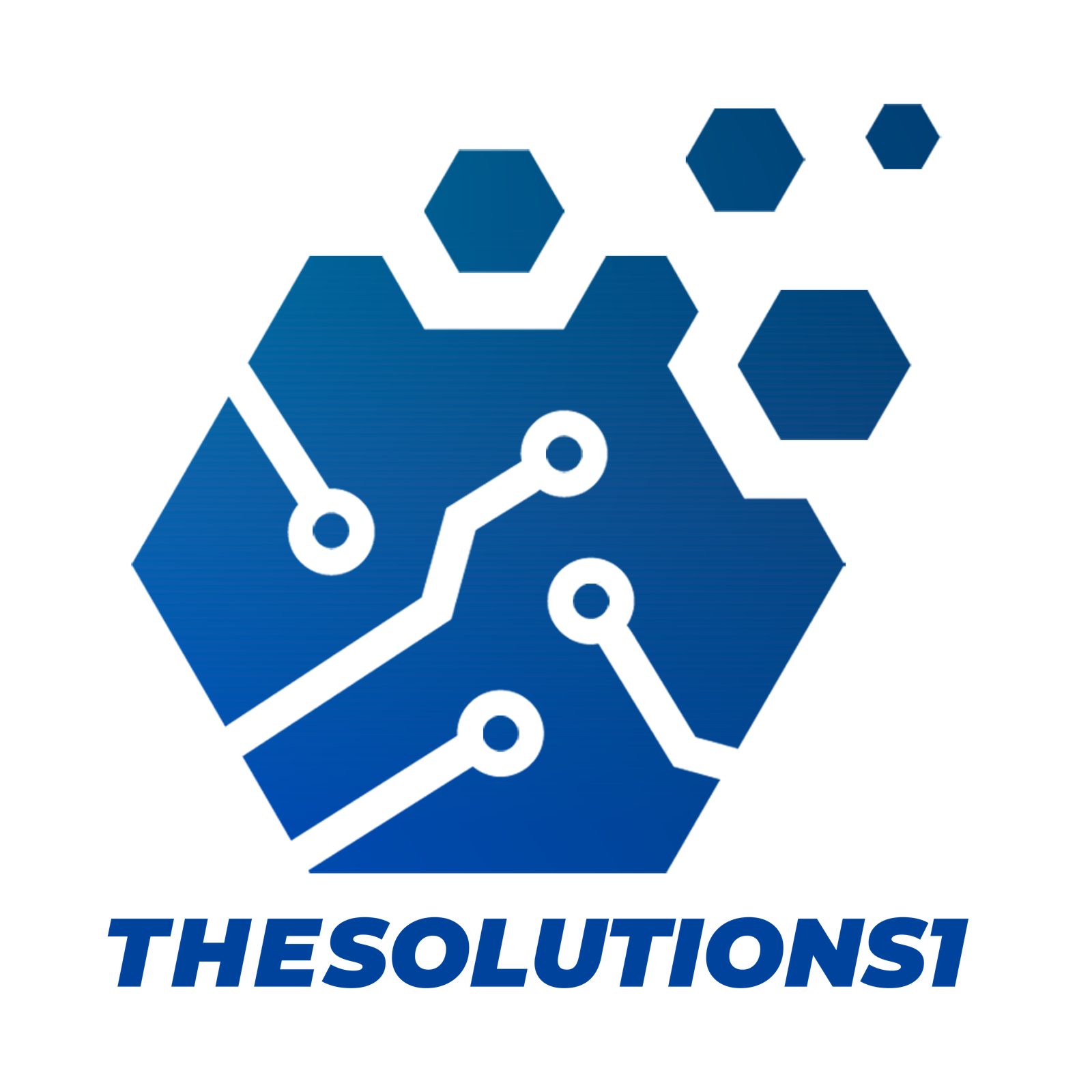What if our workplace success metrics are out of date? We’ve long measured productivity in terms of output—tasks completed, hours logged, KPIs hit. But in a modern, knowledge-based economy increasingly shaped by artificial intelligence, these metrics no longer tell the full story. In fact, they often obscure what really drives performance.
Today, the return on investment (ROI) that matters most is not just about doing more, faster. It’s about creating the conditions for people to do their best, most impactful work—because when people are empowered, engaged, and enabled by the right technology, business outcomes follow.
The Cost of Wasted Human Potential
Let’s start with a reality check.
According to Asana, employees still spend 58% of their time on “work about work”—coordination, duplication, admin, and searching for information. That’s time not spent on strategic thinking, innovation, or delivering customer value.
HP’s Work Relationship Index further highlights the risk: only 27% of knowledge workers feel they have a healthy relationship with work. Fragmented systems and outdated workflows don’t just slow people down—they sap energy, engagement, and innovation.
The cost of wasted human potential isn’t a soft issue—it’s a measurable hit to performance, retention, and growth.
And the stakes are rising: according to HP’s research, 85% of connected knowledge workers feel fulfilled at work, compared to just 52% of those who feel disconnected. Fulfilment is directly tied to engagement, collaboration, and effectiveness—which are, in turn, critical drivers of organizational success.
AI Is More Than Automation—It’s an Enabler of Engagement
Too often, the conversation around AI is framed as “AI vs. humans.” It shouldn’t be. The real opportunity lies in AI for humans—technology that amplifies our creativity, sharpens our insights, and accelerates collaboration.
Yes, AI and automation are freeing us from repetitive, low-value tasks like scheduling and data entry. But that’s just the beginning.
More importantly, AI is creating seamless digital experiences that allow people to focus on higher-order work:
- A product manager can simulate new designs in seconds, exploring more ideas faster.
- A researcher can uncover trends across thousands of studies in minutes.
- And at an enterprise level, intelligent systems help shift IT teams from reactive ticket management to proactive innovation strategies—freeing up capacity for digital transformation initiatives.
This is where we see a new kind of ROI emerging: one rooted in employee enablement, speed to insight, and the ability to drive complex, meaningful outcomes at scale.
Focus Is the New Performance Multiplier
One of the most undervalued drivers of productivity and innovation today is focus—the ability for people to be “in the zone” and fully engaged in high-impact work.
Unfortunately, most digital environments pull us in the opposite direction: pings, toggles, app switching, disjointed platforms. All of this creates friction that erodes attention and slows momentum.
AI-enabled technology plays a critical role here, too. It helps remove digital clutter, automate repetitive steps, and give people a smoother, more connected experience. It’s about designing systems that enable clarity and flow, so people can spend more time on the work that drives results—and less time on the work that just fills calendars.
This is a central theme in HP’s vision: removing the noise of work to unlock deeper impact.
The Executive’s Role: From Technology Leader to Experience Architect
This redefinition of ROI brings a critical new leadership imperative.
Today, executives—especially CIOs and CTOs—must think beyond infrastructure. They are becoming strategic architects of employee experience, ensuring that every layer of the digital ecosystem empowers people to connect better, focus faster, and deliver more value.
This means:
- Choosing tools that streamline workflows, not complicate them
- Designing frictionless digital experiences across teams
- Embedding AI into everyday work—not just behind the scenes, but as a visible, empowering tool for employees
When executives lead with this mindset, they’re not just improving IT performance. They are enhancing engagement, retention, speed, and ultimately, driving business growth.
And employees recognize the opportunity: HP’s data shows that 58% of knowledge workers believe AI makes it easier to collaborate—but nearly half still feel unsure how to use it effectively. There’s a leadership opportunity here to guide, educate, and enable.
Rethinking ROI—And Driving Business Outcomes
AI isn’t the end of work—it’s the beginning of more meaningful, higher-value work.
The companies that thrive in this new era won’t be those that automate the fastest. They’ll be the ones that design intelligently—combining AI, human potential, and frictionless digital experiences to unlock full organizational performance.
Because when you empower people to focus, create, and collaborate at their best, you don’t just change what matters for employees—you drive better business outcomes across the board.
📍 To explore more about how HP is helping leaders rethink work and performance, visit the Future of Work page or access the Work Relationship Index findings.
credit: Bernard Marr




